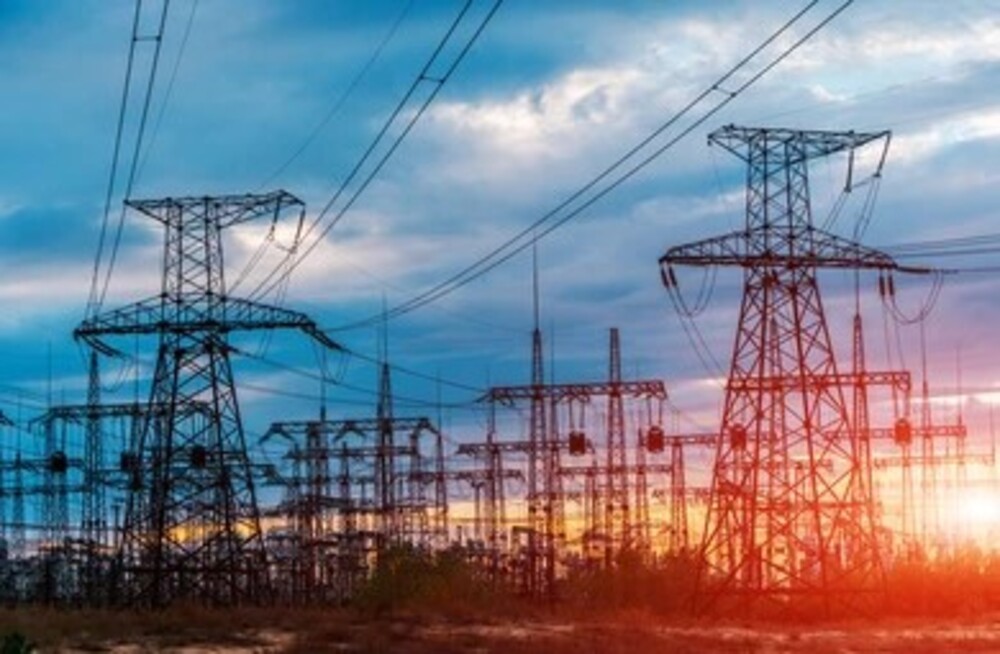Since Russia’s invasion of Ukraine caused an energy crisis, European nations have increased their use of renewable energy sources. The EU claims that by 2030, renewable energy sources will make up 45% of its energy mix.
The International Energy Agency warns that unless governments and business speed up the energy transition, the goal won’t be realized.
The unprecedented energy crisis needed urgent measures
Nearly 40% of the natural gas that the European Union (EU27 )’s members imported in 2021 came from Russia. However, Moscow abruptly halted exporting gas to Europe through a significant pipeline to Germany shortly after the EU imposed sanctions on it in response to its invasion of Ukraine, which led to the crisis.
To meet its immediate energy demands, the EU has been compelled to hunt for gas supplies overseas and burn more coal. To achieve net-zero emissions goals, the country is also accelerating a green energy transformation that was already in motion. This is part of a longer-term strategy to ensure national energy security.
Why don’t we employ renewable energy sources?
By 2027, the EU’s REPowerEU plan hopes to drastically cut European reliance on Russian fossil fuels and put an end to it far before 2030. By the end of the decade, it hopes to reach 45% of final energy consumption from renewable sources.
We must become independent of Russian oil, coal, and gas, European Commission President Ursula von der Leyen stated when announcing the plan. To lessen the effects of growing energy prices, diversify our gas supply for the upcoming winter, and hasten the shift to sustainable energy, we must take action right away. The sooner we transition to renewable energy sources and hydrogen, together with increased energy efficiency, the sooner we will be genuinely autonomous and have complete control over our energy system.
Renewable energy instead Russian gas
According to the 2022 State of the Energy Union report by the European Commission, the REPowerEU initiative “helps renewables to grow enormously” across all industries. It anticipates a rise in the proportion of renewable energy in power generation from 37% in 2021 to 69% in 2030.
According to the research, the EU produced a record 13% of its electricity from wind power and 12% from solar power from May to August 2022. However, it claims that compared to prior years, the proportion of hydropower decreased from 14% to 11% as a result of the low river and reservoir levels brought on by droughts.
Our favorite renewable: Solar power skyrocketing
As expected, a record year for the European solar photovoltaics (PV) industry was in 2022. According to the European Commission, the annual deployment increase in the main EU Member State markets was between 17 and 26%.
Market data conducted by the organization SolarPower Europe shows solar power is expanding quickly across the continent. According to the report, the EU installed 41.4 GW of solar power in 2022, a rise of 47% over the 28.1 GW installed in 2021.

Ten EU nations are reportedly adding more than 1GW per year, with Germany leading the pack with an addition of about 8GW in 2022, according to the group’s progress report. Spain (7.5GW), Poland (4.9GW), and the Netherlands came after it (4GW).
Furthermore, the group claims that the growth of European solar shows no indications of stopping. Our average forecast for the EU in 2023 is 53.6 GW of additional solar energy; following this most-likely trajectory, we will add at least 85 GW of new solar energy annually by 2026. This indicates that by 2026, the EU solar market will have more than doubled, reaching 484GW.
Can investing in renewable energy plants make the EU meet its renewable targets?
The International Energy Agency (IEA) projects that by 2027, the EU would produce 55% of its electricity from renewable sources. According to its Renewables 2022 report, this “is considerably behind” the 69% share that the EU believes is required to achieve the goal of rapidly reducing reliance on Russian fossil fuels by 2027 set forth in its REPowerEU plan.
According to the IEA, governments throughout the EU will need to reduce policy uncertainty, streamline the permission process, and quicken transmission and distribution network upgrades in order to support a greater rise in renewable energy capacity. Expanding the use of renewable energy in the heating and transportation sectors also requires increasing the production of renewable electricity. Renewable electricity can generate green hydrogen and power heat pumps and electric cars.
According to the IEA analysis, governments and businesses might be able to overcome these obstacles in the electricity, transportation, heating, and cooling sectors. If so, the objectives of REPowerEU seem feasible, at least in terms of renewable energy.

